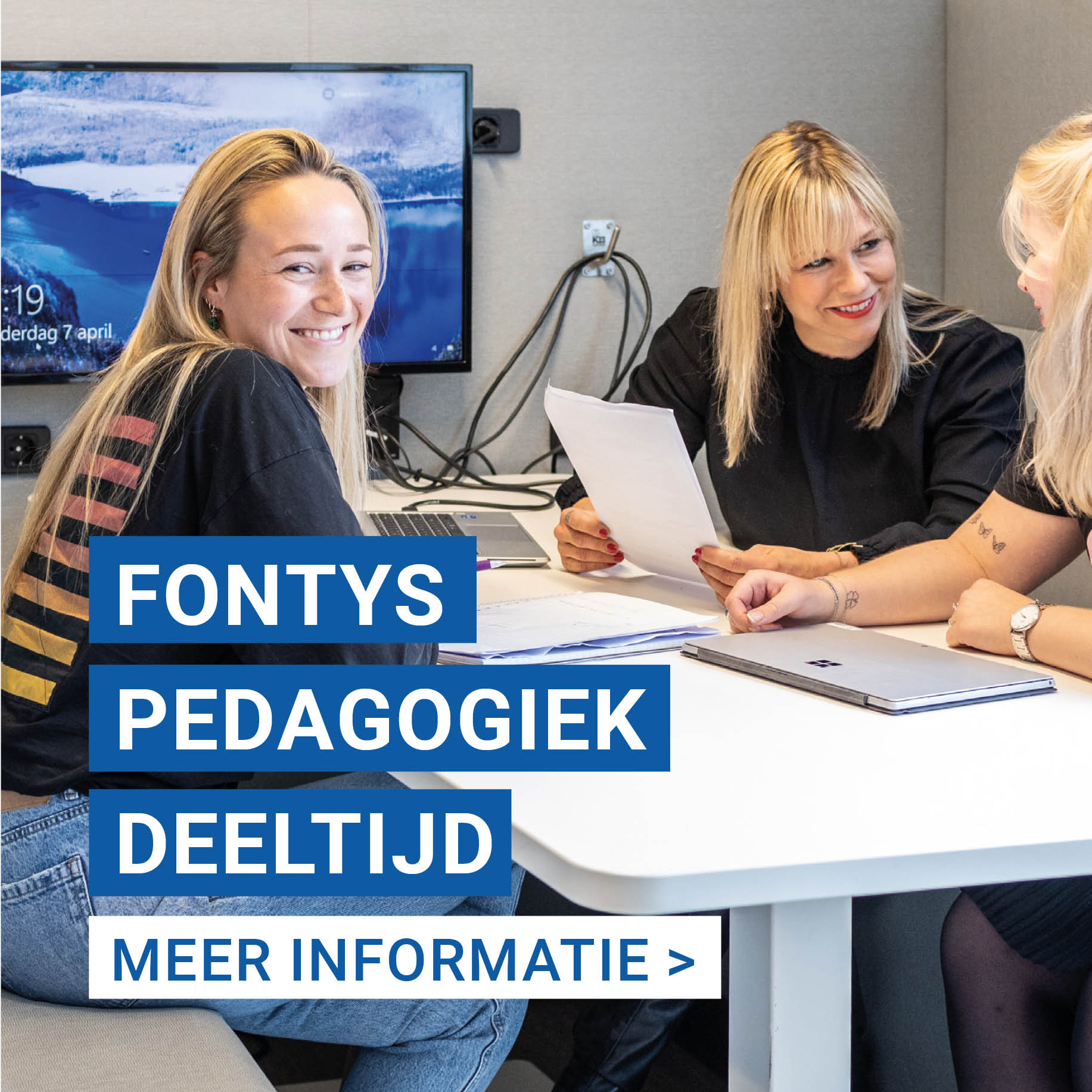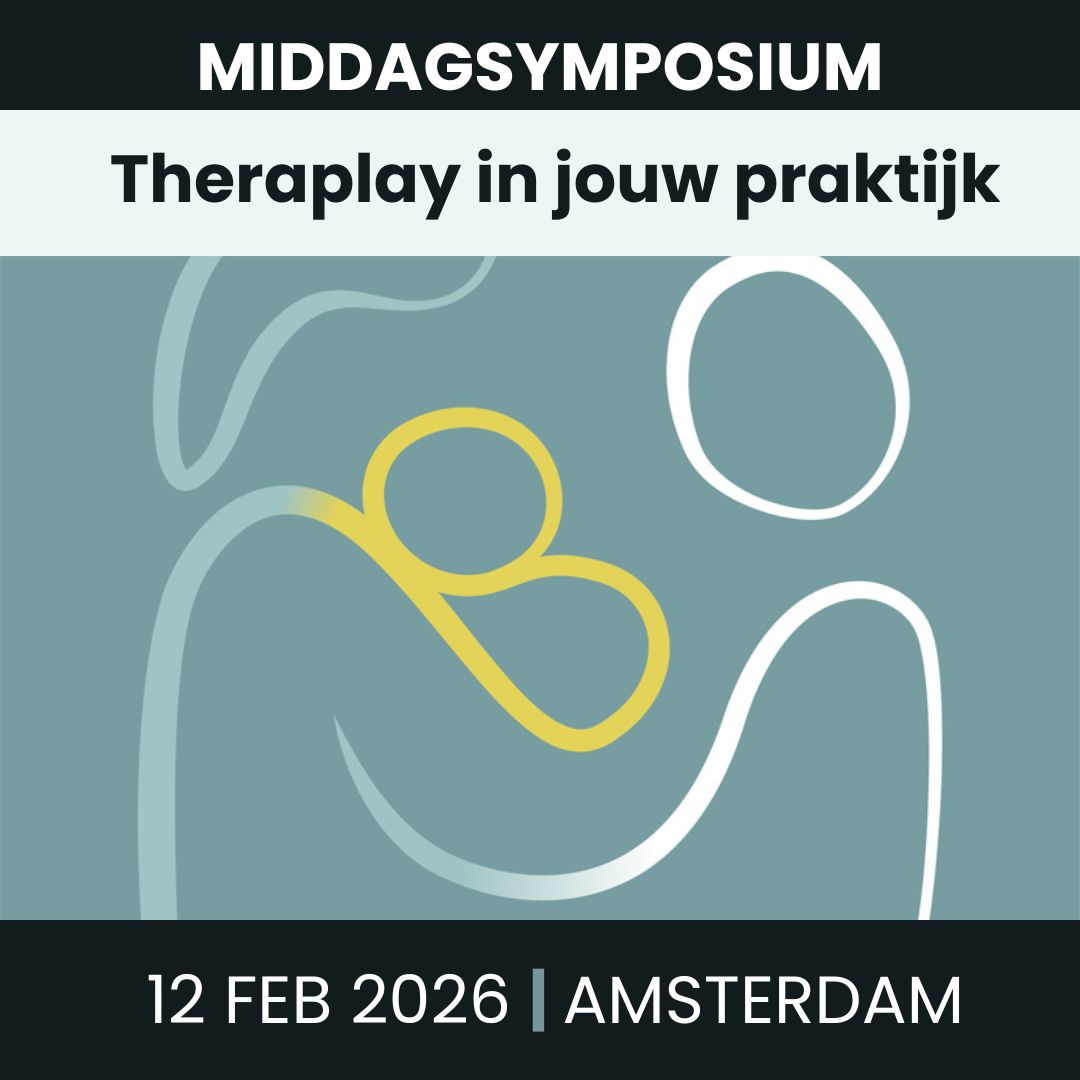Brussoni, M., Gibbons, R., Gray, C., Ishikawa, T., Sandseter, E.B.H., Bienenstock, A., & Tremblay, M.S. (2015). What is the relationship between risky outdoor play and health in children? A systematic review. International Journal of Environmental Research and Public Health, 12(6), 6423-6454.
Bundy, A.C., Luckett, T., Tranter, P.J., Naughton, G.A., Wyver, S.R., Ragen, J., & Spies, G. (2009). The risk is that there is ‘no risk’: a simple, innovative intervention to increase children’s activity levels. International Journal of Early Years Education, 17(1), 33-45.
Csikszentmihalyi, M. (1990). Flow. The psychology of optimal experience. New York: Harper & Row.
Gibson, J.J. (1979). The ecological approach to visual perception. Boston: Houghton-Mifflin.
Kleppe, R. (2018). Characteristics of staff–child interaction in 1–3-year-olds’ risky play in early childhood education and care. Early Child Development and Care, 188(10), 1487-1501.
Lanphen, E. (2018). Samenspel op de BSO. De bijdrage van de interventie Loose Parts op het samenspel van kinderen. Afstudeeronderzoek, Bachelor Pedagogiek voltijd Hogeschool Utrecht.
Poel, L. van der & Blokhuis, A. (2010). Wat je speelt ben je zelf. Houten: Bohn Stafleu Van Loghum.
Rooijen, M. van, Lensvelt-Mulders, G., Wyver, S., & Duyndam, J. (2019). Professional attitudes towards children’s risk-taking in play: insights into influencing factors in Dutch contexts. Journal of Adventure Education and Outdoor Learning, 1-17.
Sandseter, E.B.H. (2007). Categorising risky play—how can we identify risk‐taking in children’s play?. European Early Childhood Education Research Journal, 15(2), 237-252.
Sandseter, E.B.H. (2009). Characteristics of risky play. Journal of Adventure Education & Outdoor Learning, 9(1), 3-21.











